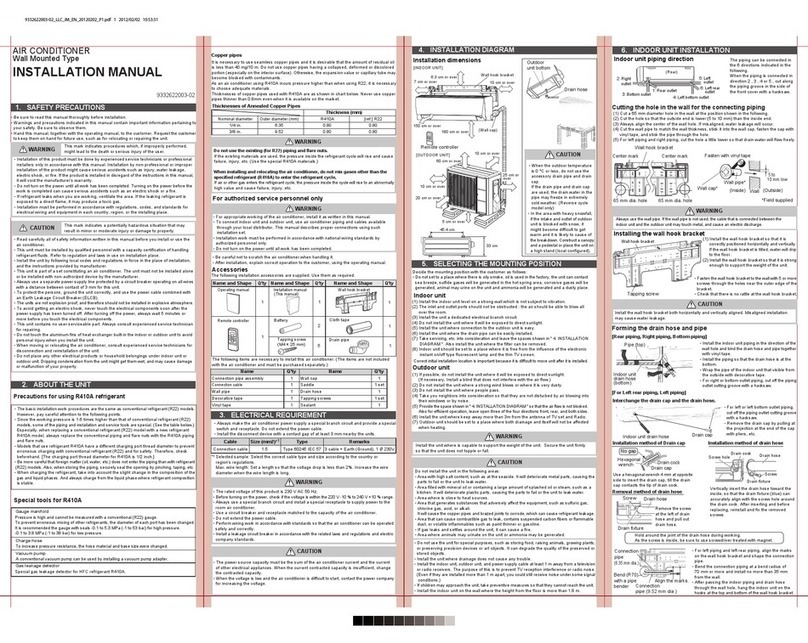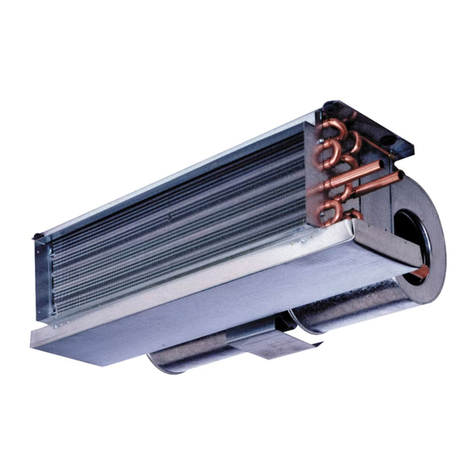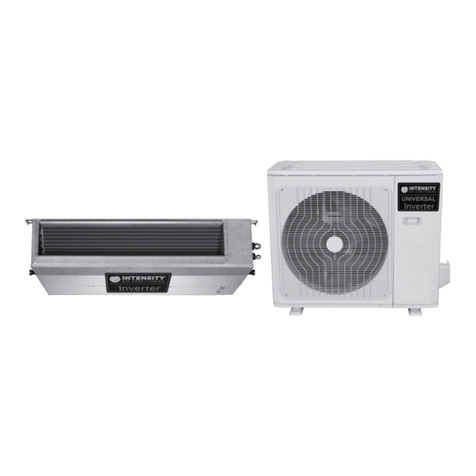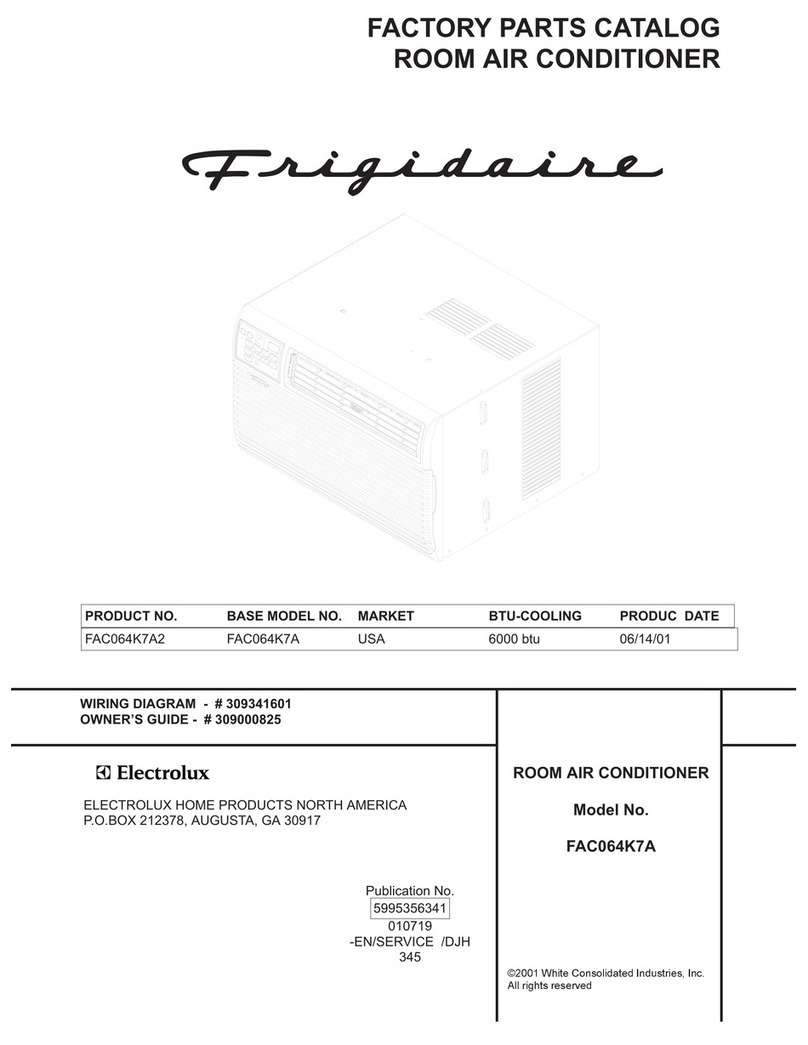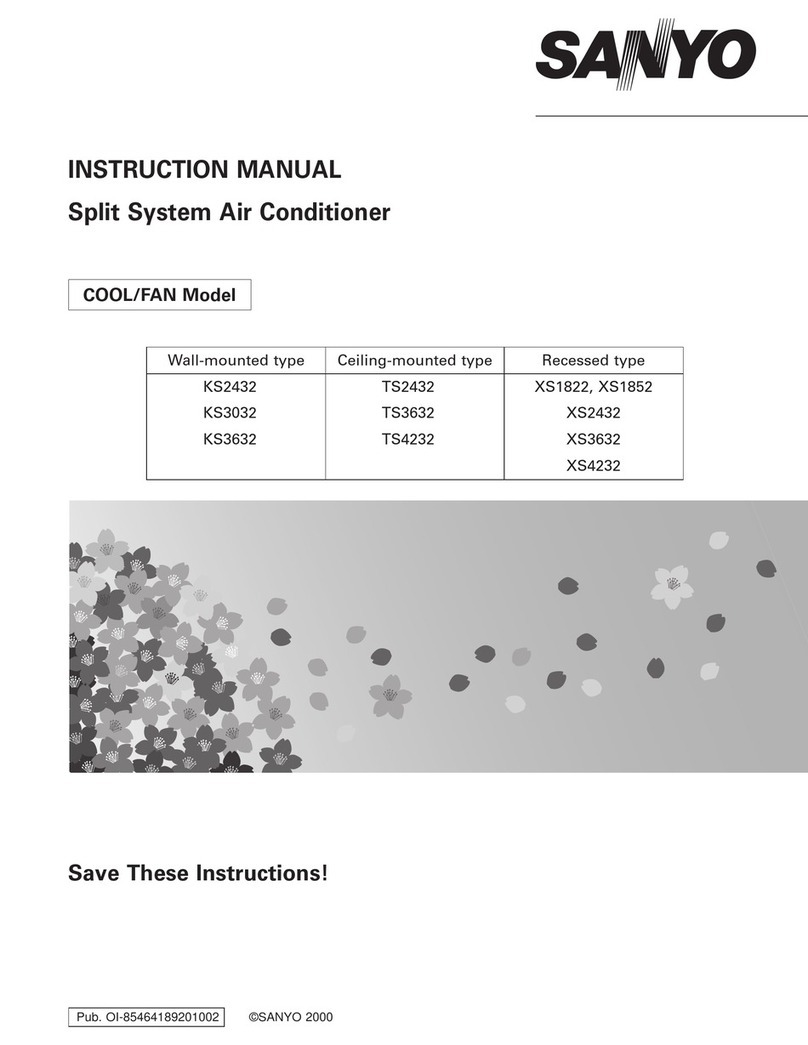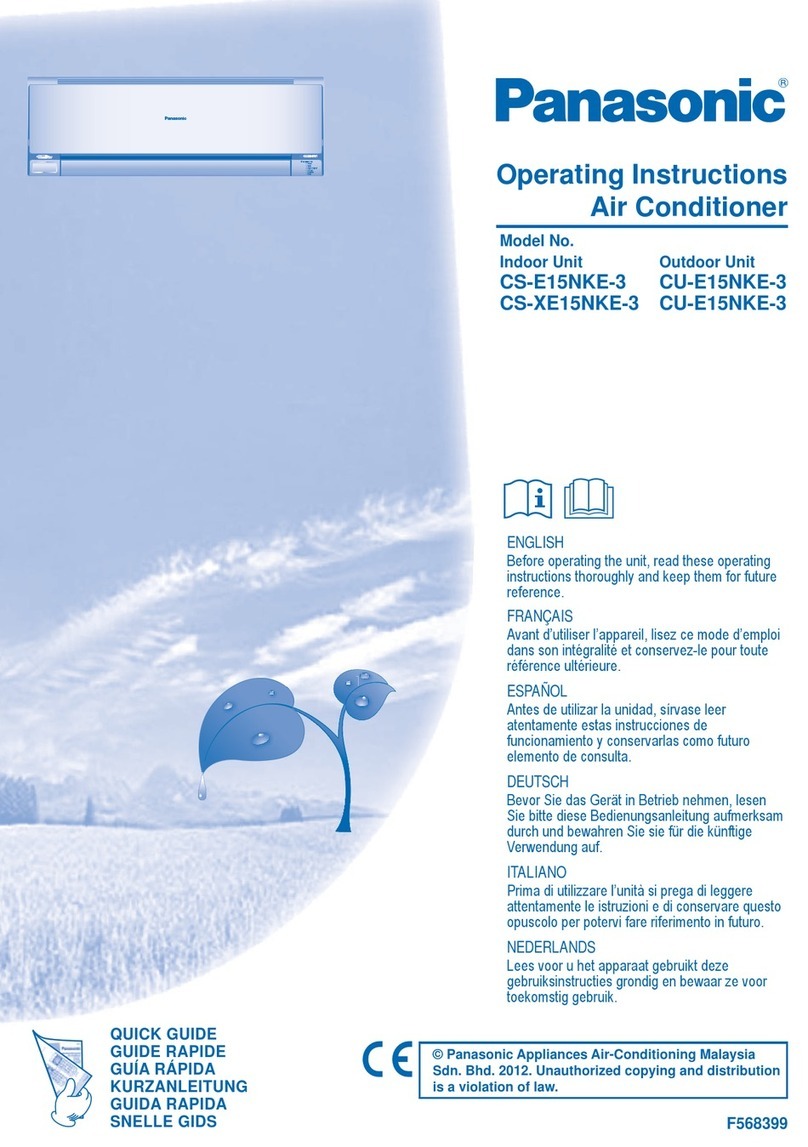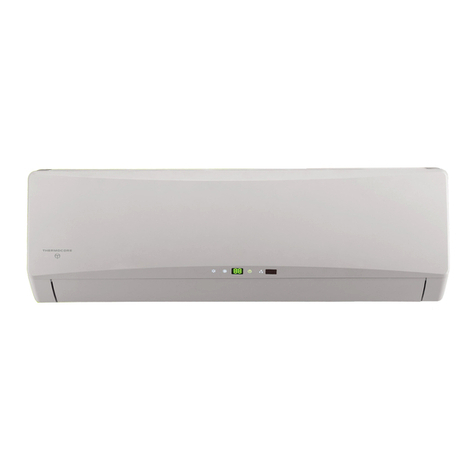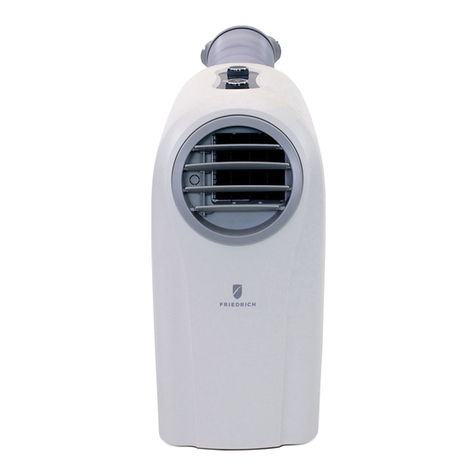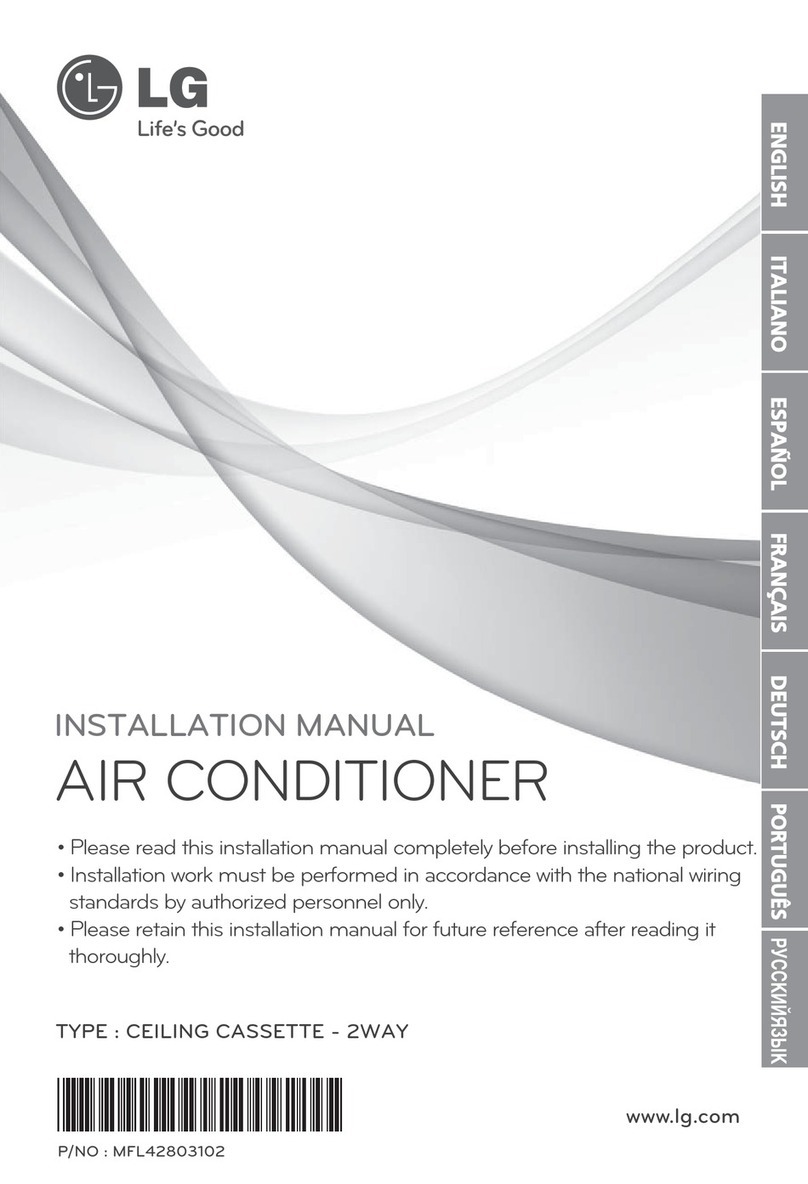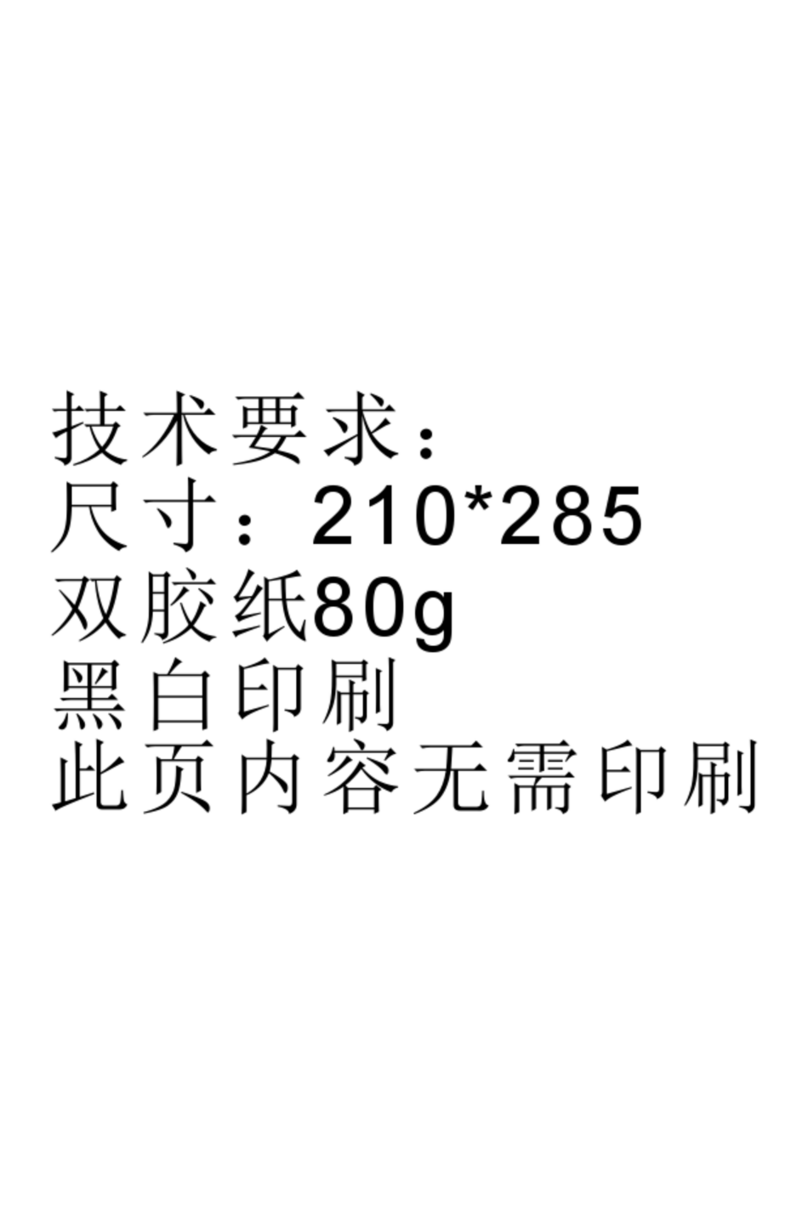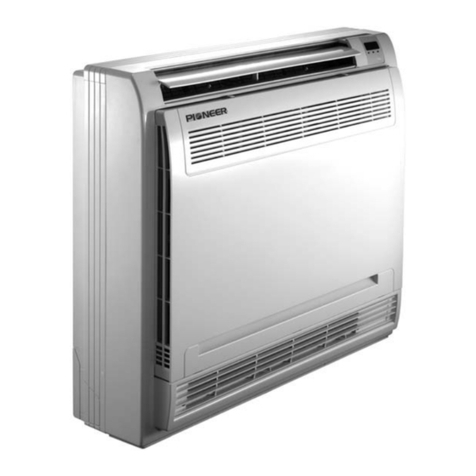•Do not climb onto or place objects on top of the outdoor unit.
•Do not allow the air conditioner to operate for long periods of time with doors or windows open,
or if the humidity is very high.
Electrical warnings
•Only use the specified power cord. If the power cord is damaged, it must be replaced by the
manufacturer, its service agent or similarly qualified persons in order to avoid a hazard.
•Keep power plug clean. Remove any dust or grime that accumulates on or around the plug. Dirty
plugs can cause fire or electric shock.
•Do not pull power cord to unplug unit. Hold the plug firmly and pull it from the outlet. Pulling
directly on the cord can damage it, which can lead to fire or electric shock.
•Do not modify the length of the power supply cord or use an extension cord to power the unit.
•Do not share the electrical outlet with other appliances. Improper or insufficient power supply can
cause fire or electrical shock.
•The product must be properly grounded at the time of installation, or electrical shock may occur.
•For all electrical work, follow all local and national wiring standards, regulations, and the
Installation Manual. Connect cables tightly and clamp them securely to prevent external forces
from damaging the terminal. Improper electrical connections can overheat and cause fire and may
also cause shock. All electrical connections must be made according to the Electrical Connection
Diagram located on the panels of the indoor and outdoor units.
•All wiring must be properly arranged to ensure that the control board cover can close properly. If
the control board cover is not closed properly, it can lead to corrosion and cause the connection
points on the terminal to heat up, catch fire, or cause electrical shock.
•If connecting power to fixed wiring, an all-pole disconnection device which has at least 3mm
clearances in all poles, and have a leakage current that may exceed 10mA, the residual current
device (RCD) having a rated residual operating current not exceeding 30mA, and disconnection
must be incorporated in the fixed wiring in accordance with the wiring rules.
Fuse specifications
The air conditioner’s circuit board (PCB) is designed with a fuse to provide overcurrent protection. The
specifications of the fuse are printed on the circuit board, such as: T3.15AL/250VAC, T5AL/250VAC,
T3.15A/250VAC, T5A/250VAC, T20A/250VAC, T30A/250VAC, etc.
NOTE: For the units using R32 or R290 refrigerant, only the blast-proof ceramic fuse can be used.
Warnings for product installation
1. Installation must be performed by an authorized dealer or specialist. Defective installation can cause
water leakage, electrical shock, or fire.
2. Installation must be performed according to the installation instructions. Improper installation can cause
water leakage, electrical shock, or fire. (In North America, installation must be performed in accordance
with the requirement of NEC and CEC by authorized personnel only.)
3. Contact an authorized service technician for repair or maintenance of this unit. This appliance shall be
installed in accordance with national wiring regulations.
4. Only use the included accessories, parts, and specified parts for installation. Using non-standard parts
can cause water leakage, electrical shock, fire, and can cause the unit to fail.
5. Install the unit in a firm location that can support the unit’s weight. If the chosen location cannot support
the unit’s weight, or the installation is not done properly, the unit may drop and cause serious injury and
damage.
6. Install drainage piping according to the instructions in this manual. Improper drainage may cause water
damage to your home and property.
7. For units that have an auxiliary electric heater, do not install the unit within 1 meter (3 feet) of any
combustible materials.
8. Do not install the unit in a location that may be exposed to combustible gas leaks. If combustible gas
accumulates around the unit, it may cause fire.
9. Do not turn on the power until all work has been completed.
